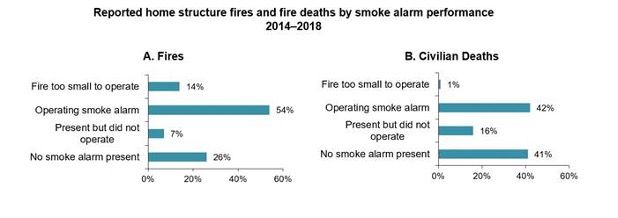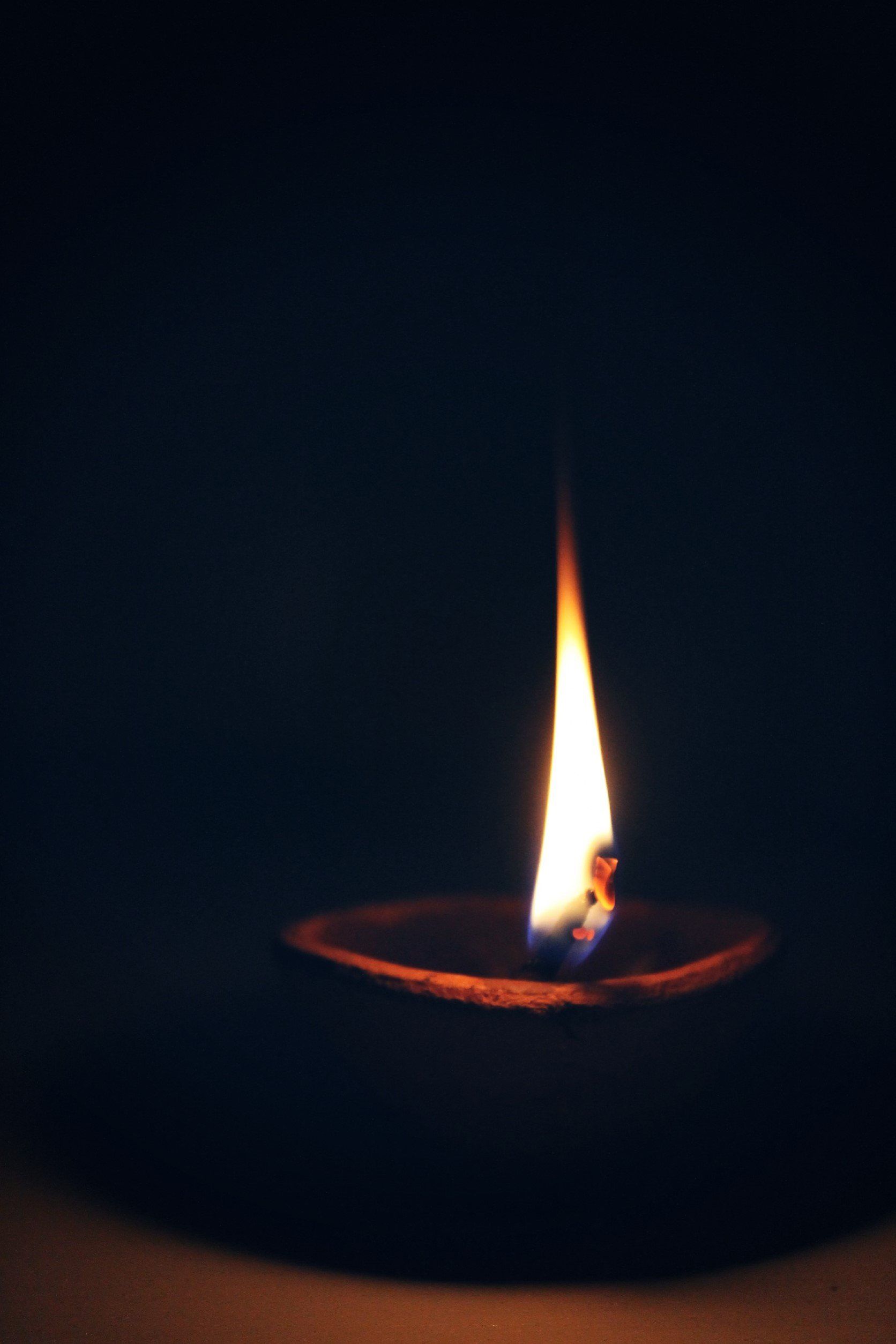Home Fire Safety Facts and Tips
Fire Safety in the Kitchen

- Always stay in the kitchen while using the stove. Be sure to turn off the stove if you leave the room.
- Designate a "kids-free zone" that is at least 3 feet away from the stove.
- Roll up sleeves before cooking. Loose-fitting clothing can catch fire.
- Keep items that can catch on fire, such as dish towels and potholders, away from the stove.
- Only use microwave-safe containers to heat things in the microwave.
- If smoke alarm sounds during normal cooking, open a door or fan the area. Do NOT disable the smoke alarm or take out the batteries.
Smoke Alarms Safety Tips

- Test all smoke alarms at least once a month. Press the test button to be sure the alarm is working.
- Replace smoke alarms when they are 10 years old.
- Smoke alarms are an important part of a home fire escape plan.
- Large homes may need extra smoke alarms.
- Replace batteries at spring forward and fall back time changes.
- Keep smoke alarms away from kitchen to reduce false alarms. They should be at least 10 feet (3 meters) from the stove.
Family Escape Plan

- Pull together everyone in your household and make a plan. Walk through your home and inspect all possible exits and escape routes. Households with children should consider drawing a floor plan of your home, marking two ways out of each room, including windows and doors. Also, mark the location of each smoke alarm.
- Everyone in the household must understand the escape plan. When you walk through your plan, check to make sure the escape routes are clear as well as doors and windows can be opened easily.
- Choose outside meeting place (i.e. tree across the street, mailbox, or stop sign) a safe distance in front of your home where everyone can meet after they have escaped. Make sure to mark the location of the meeting place on your escape plan.
- Once you are out, stay out. Under no circumstances should you ever go back into a burning building. If someone is missing, inform the fire department dispatcher when you call 911. Firefighters have the skills and equipment to perform rescues.
Candle Fire Safety

Burning a candle is an enjoyable, yet idle activity; it's easy to forget that the candle is lit. Candle fires can quickly grow out of control so it's important to take basic precautions and follow these safety tips:
- Place candles on stable furniture where children and pets cannot knock them over.
- Never fall asleep with a candle burning.
- Trim wicks to 1/4 inch before lighting and use noncombustible holders to catch dripping wax.
- Extinguish candles when leaving a room or when a candle burns within 2 inches of its holder.
- Keep candles away from holiday decorations, paper, books, curtains, blinds, flammable liquids, clothing, bedding, lampshades, and other combustibles.
- Keep clothing and hair away from the open flame when lighting a candle.
Electrical Heater Safety

Portable electric space heaters can be a convenient source of supplemental heat for your home in cold weather conditions. Unfortunately, they can pose significant fire and electric shock hazards if not used properly. Fire and electrical hazards can be cause by space heaters without adequate safety features, space heaters placed near combustibles, or space heaters that are improperly plugged in. Safety should always be top consideration when using space heaters. Here are some tips for keeping your home safe and warm.
- Make sure your space heater has the label showing that it is listed by a recognized testing laboratory.
- Inspect heaters for cracked or broken plugs or loose connections before each use. If frayed, worn, or damaged, do not use the heater.
- Never leave space heater unattended. Turn it off when you are leaving a room or going to sleep, and don't let pets or children play too close to a space heater.
- Space heaters are only meant to provide supplemental heat and should never be used to warm bedding, cook food, dry clothing, or thaw pipes.
- Proper placement of space heaters are critical. Heaters must be kept at least three feet away from anything that can burn, including papers, clothing , and rugs.
- Place space heaters on level, flat surfaces. Never place heaters on cabinets, tables, furniture, or carpet, which can overheat and start a fire.

